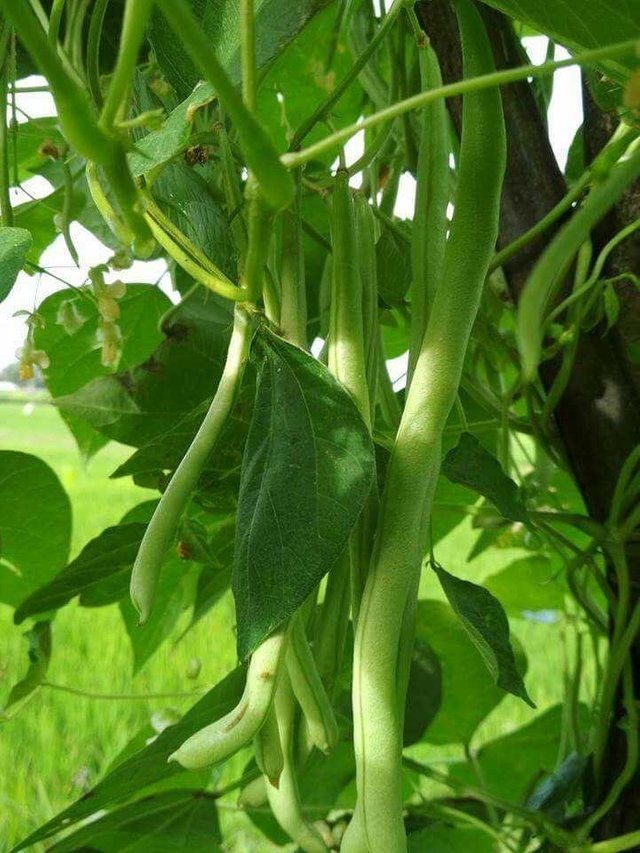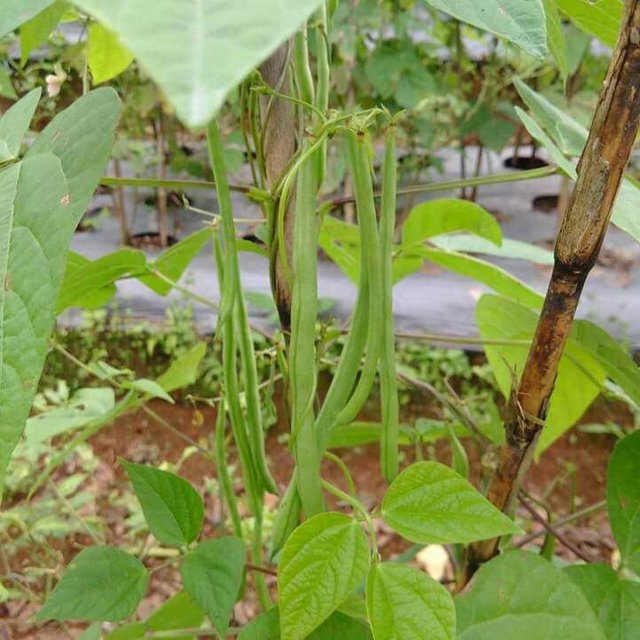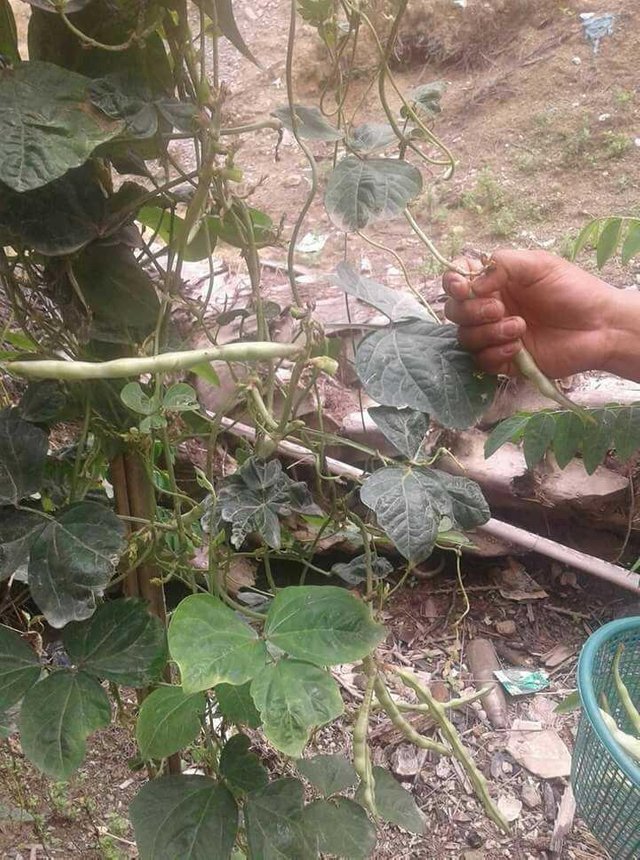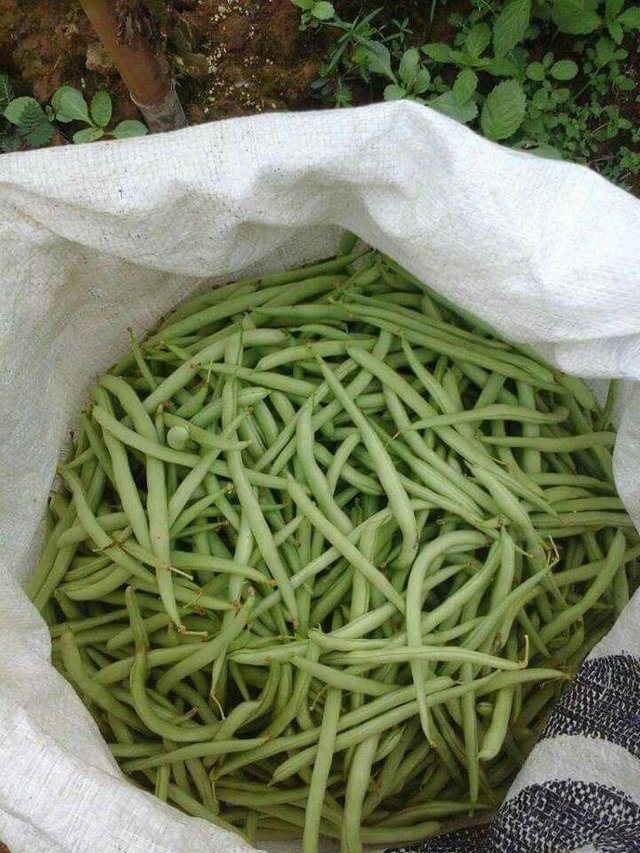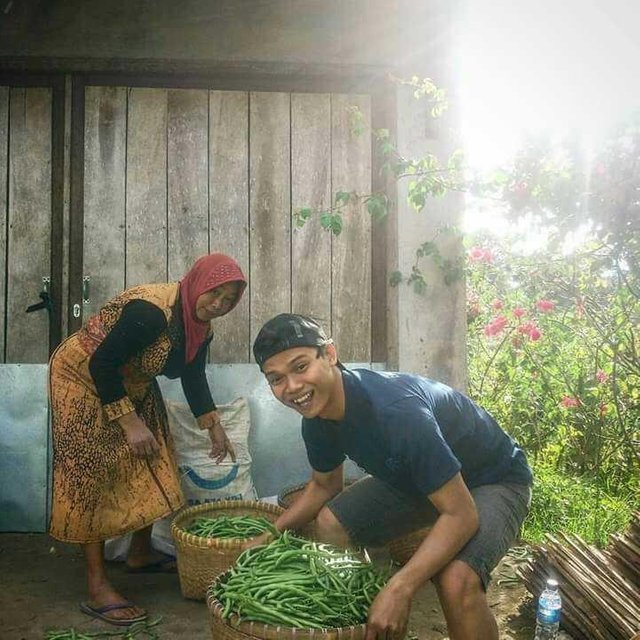How to Grow Green Beans
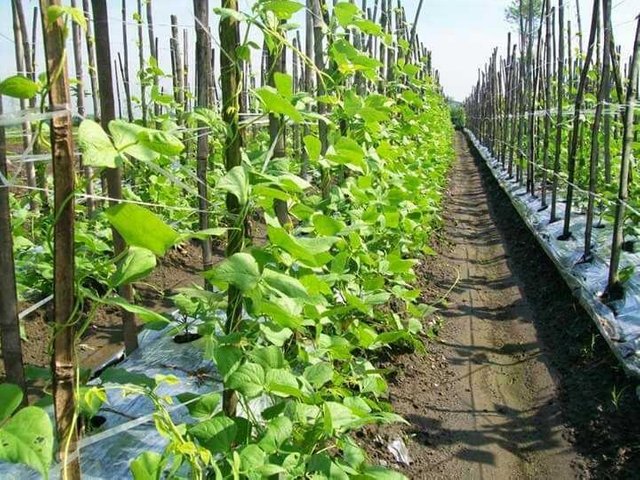
To plant beans is not too difficult,
The price is cheap, a pack of hundreds of ready-to-plant seeds.
After having the seed, the next step is seeding stage. For penyemain can be done in the tray seedlings or directly in the polybag (can also directly in the nursery) after three days the seeds will grow and then provide a buffer because the bean vines like long beans
Bean plants will usually begin to bear fruit at the age of 30 days and can harvest in 45 days after planting.
Treatment is not too difficult, if planted in polybags only need watering twice a day if the dry season, whereas if in the rainy season does not need to do watering. As for fertilization is done every 2 weeks once using manure or the like
How to Plant Green Beans
- Seedling
a. Seed Requirements
The seeds to be used should be good seeds and come from good parent trees as well. Good seeds have a growing power of at least 80-85%, shaped whole and pithy, uniform, not mixed with other varieties, glossy, brown stained eyes, clean of dirt, and free from pests / diseases. Seeds with high growth power, can be stored for a long time, growing rapidly and evenly, resistant to pests / diseases, and produce a normal adult plant and produce high.
b. Seed Preparation
Given the difficulty of selecting good seeds, it is advisable to purchase certified seeds, so the quality can be guaranteed. Because the certified seed we buy sometimes exceeds the need, it must also be noted how good seeds are stored. To store excess seeds, store them at a temperature of 18o-20o C with humidity between 50-60%. When these requirements are met, the bean seeds can last up to 3 years
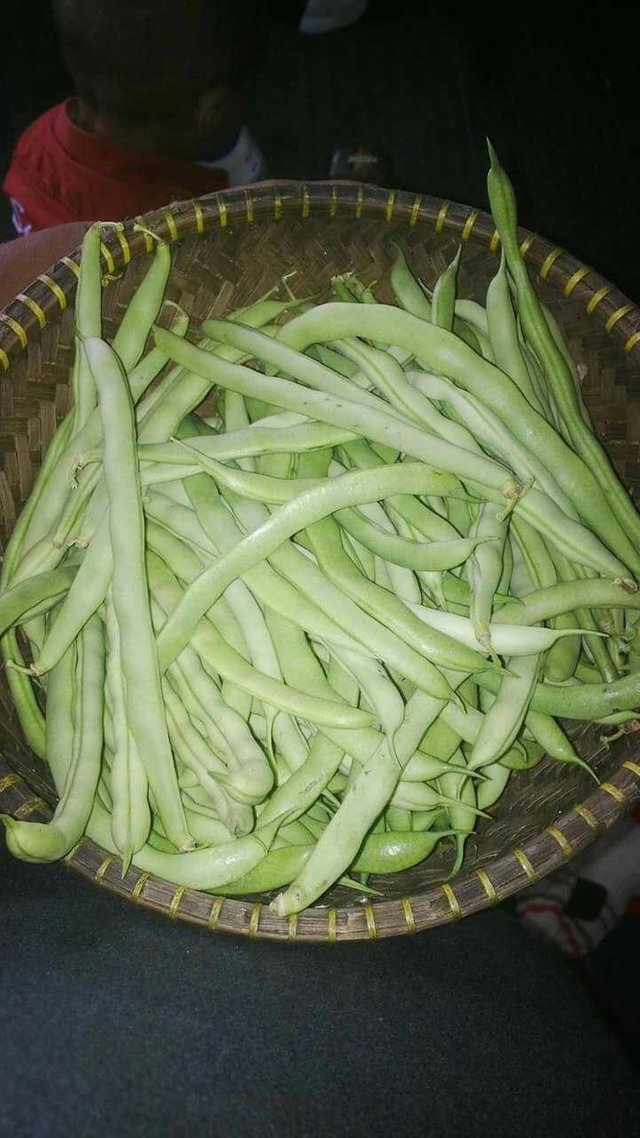
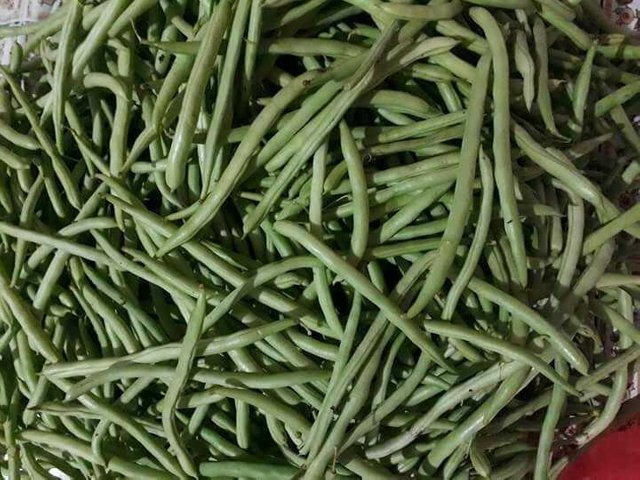
- Processing Media Planting
a. Land Opening
Land clearing for bean cultivation is done by clearing the soil surface from the grass, soiling the soil, and making drainage ditches. Cleaning of grasses (weeds) can be done manually by removing weeds by hand, cetok, or hoe. If the land to be used is wide enough, can also be used tractor. Also do pest control with organic pesticides, through the aid of EM bacteria from organic liquid fertilizer. The soil is clean from the grass / weed, then hijacked or hoeed 1-2 times as deep as 20-30 cm.
b. Making Bedengan
Make a bed to facilitate the work with a length of 5 meters, 1 meter wide and 20 cm high, with the distance between beds with another about 40-50 cm. For a narrow planting area, the beds are replaced with 20 cm wide, 5 meters long, 10-15 cm high and the distance between the bunds of one 70 cm.
c. Liming
Calcify to increase the pH, because the soils in Indonesia are generally acidic (pH & lt; 7). Calcification, performed using limestone kadolomite, calcite, plaster, or lime talc, with a dose of 480 kg / ha. Calcification done 2-3 weeks before planting. The way is by hoeing / soiling the soil, then spreading the chalk evenly, and hoeing the soil back to mix with the lime evenly.
d. Fertilization
Increase soil fertility by giving manure / compost as much as 15-20 kg / 10 m2. How to sprinkle manure / compost along the run. To prevent nematode attacks and Nematodes Meloidogyne sp ,. use organic pesticides that are done simultaneously with the time of the basic fertilizer.
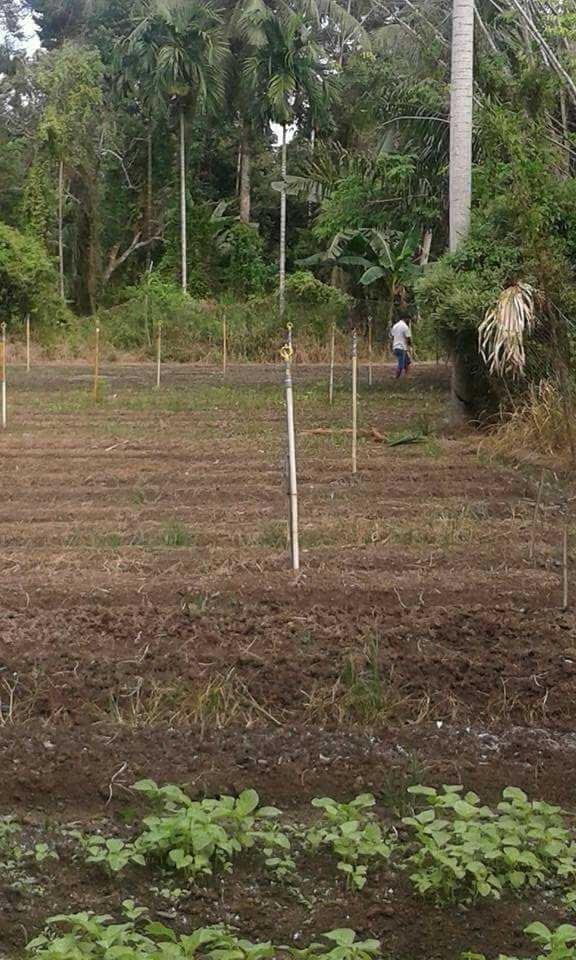
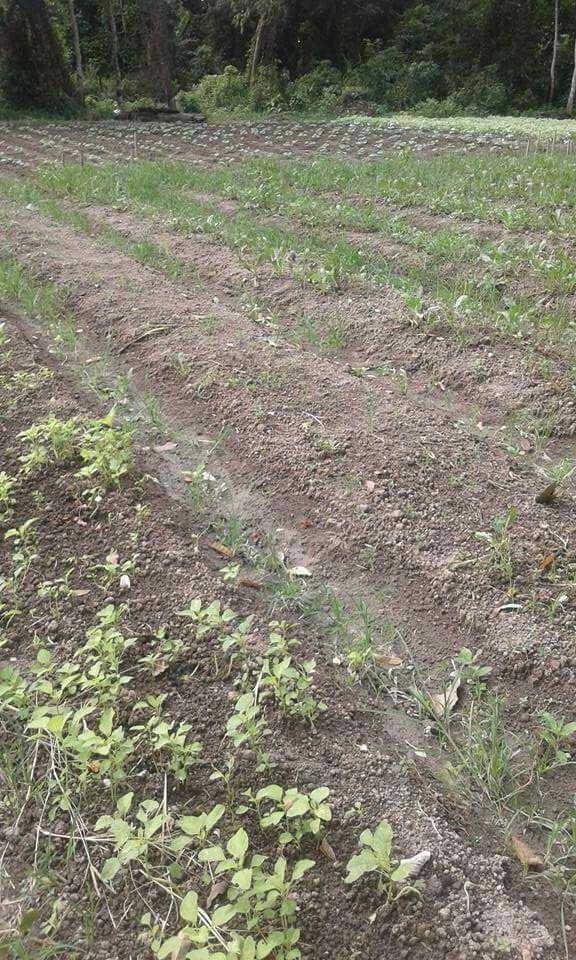
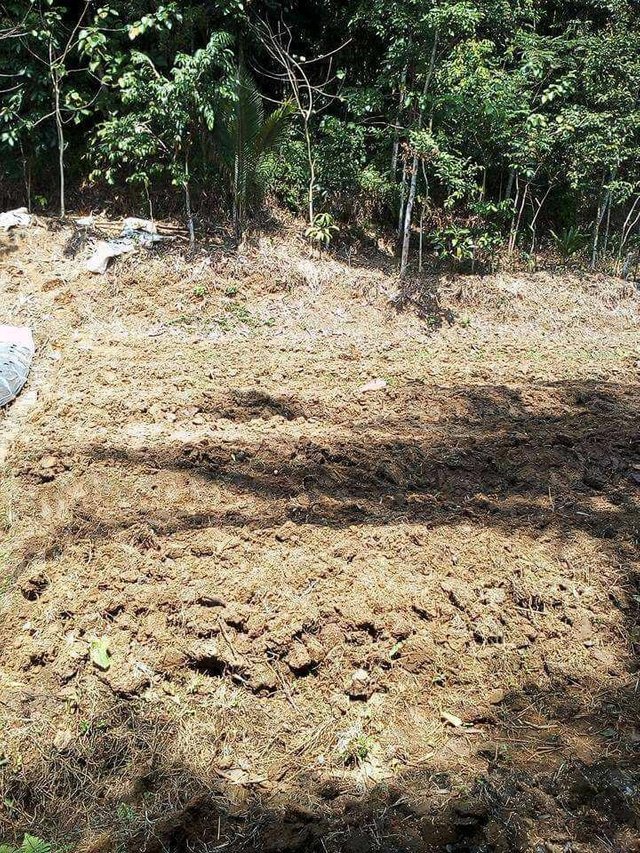
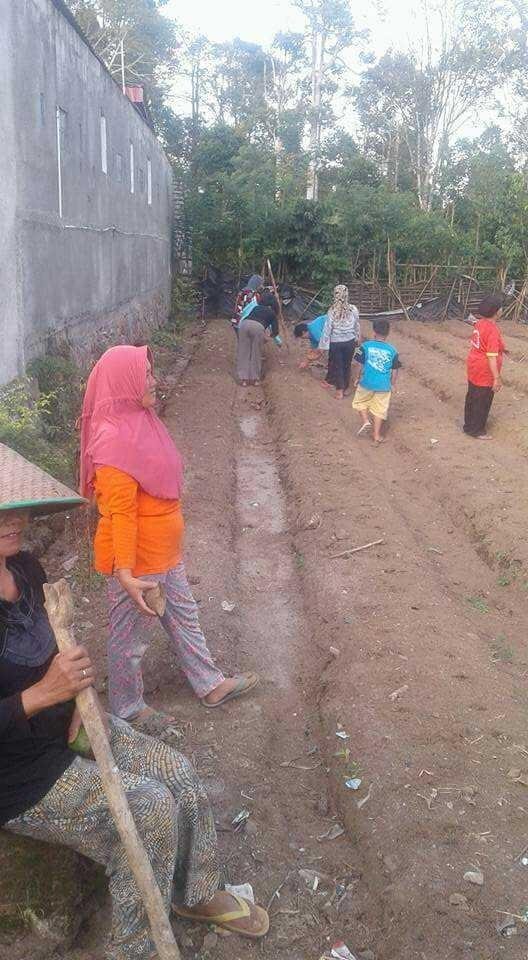
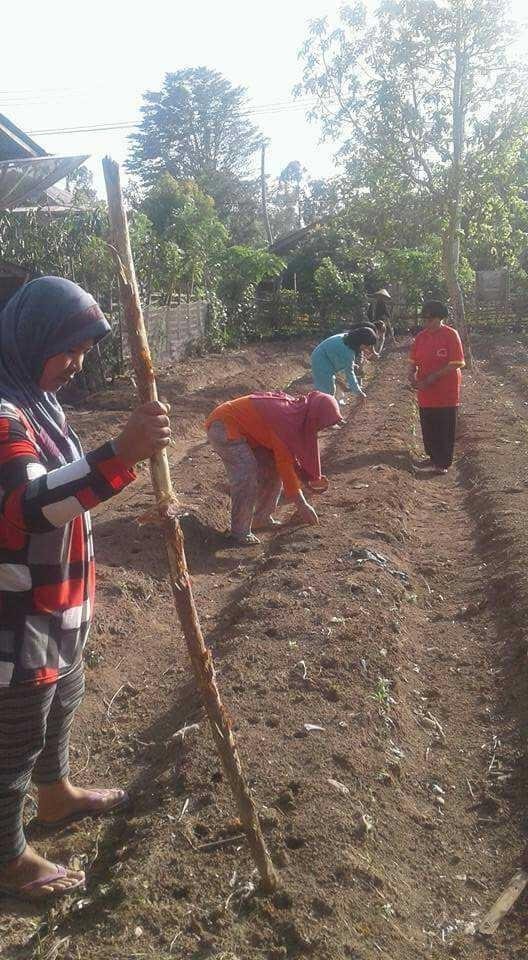
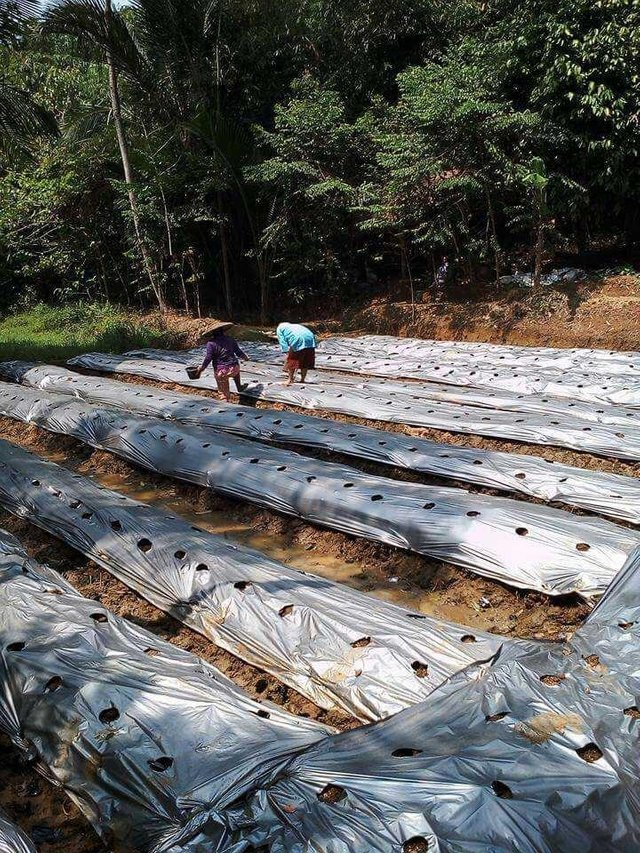
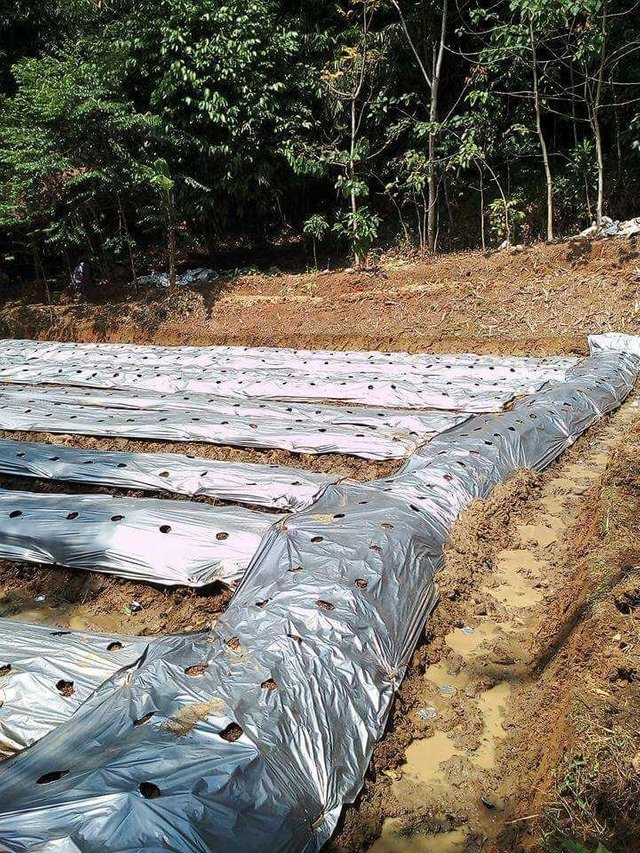
- Planting Technique
a. Determination of Planting Patterns
Because the planting is done on the bed, the cropping pattern used is a fence pattern or sequence to facilitate further work, such as irrigation, maintenance, pembumbunan, fertilization, and harvest. Planting distance is 20 x 50 cm, and can be narrowed to 20 X 40 cm soil conditions certainly have high fertility. The purpose of narrowing the spacing is to avoid weeds, because on fertile soil weeds grow faster.
b. Making Planting Hole
Planting hole made by ditugal with a depth of 4-6 cm for loose soil, while for clay depth 2-4 cm. This is because the clay has a lot of water content, so it is feared will make seed rot before germination.
c. How to Planting
Bean seeds can be planted directly in the planting area and no seedbed is required because the bean plant is difficult to move, for each planting hole, it can be filled with 2-3 seeds of seed. After the seeds are inserted into the hole, close the hole with the ground.
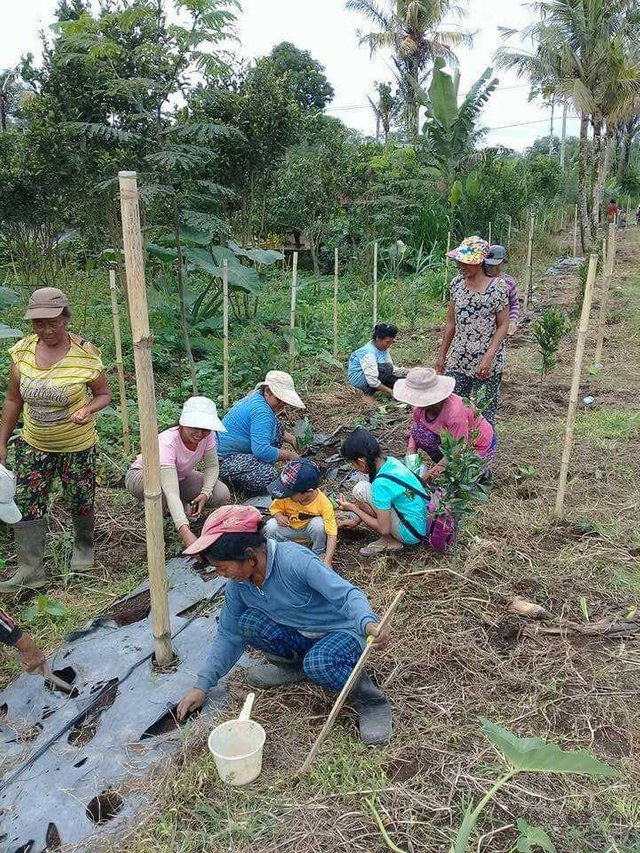
- Plant Maintenance
a. Stitching
Embroidering is done before the age of the plant 10 days, so that the growth of seeds can be evenly and easier maintenance. Stitching is done by replacing the seeds that do not grow with new seeds.
b. Bulking
When the age of the plant is more than 20 days and 40 days, do elevation of bunds or beds, in order to stimulate the plant to multiply the roots, so as to strengthen the growth of plants and maintain the structure of the soil.
c. Pruning
Plant beans need to be trimmed so that twigs multiply, because if the twigs multiply then the fruit will also produce more, Pruning done when the plants are 2 weeks and 5 weeks.
d. Fertilization
Fertilization can be done when plants aged 14-21 days after planting, How to fertilize enough to be single about 10 cm from the plant, then closed again step on foot or by using the single.
e. Irrigation
On rainy season, the plant practically does not need watered, because it has been met from rain water. Precisely what needs to be considered is excessive drainage of water through the trenches that exist between the beds / ridges. If the planting is done in the dry season, do watering 2 times a day when the plants are 1-15 days old.
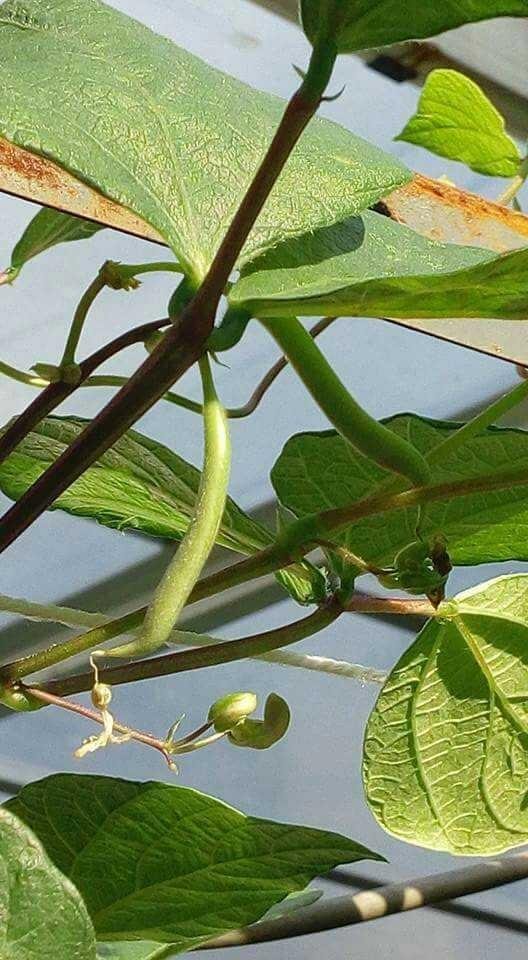
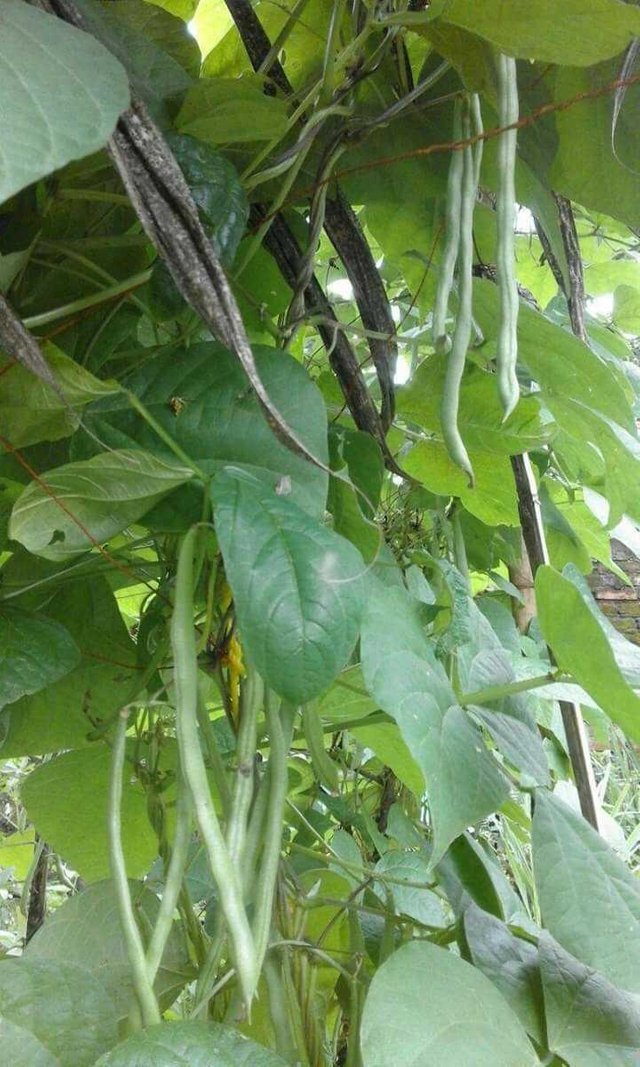
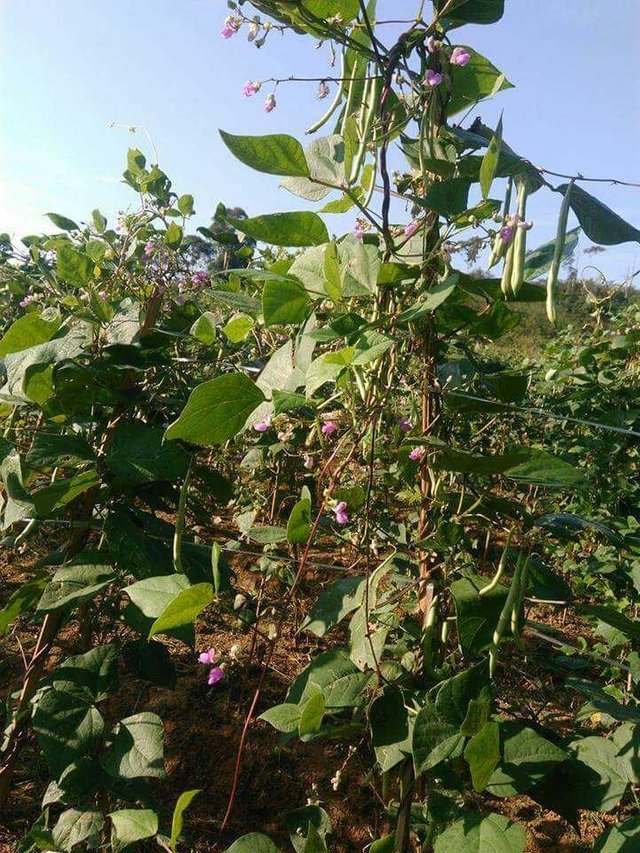
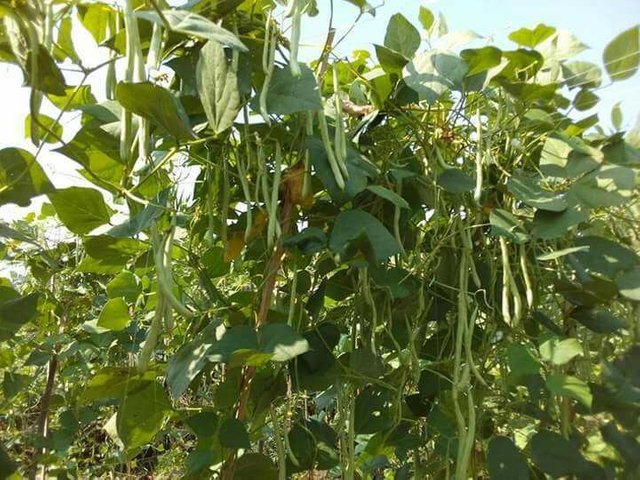
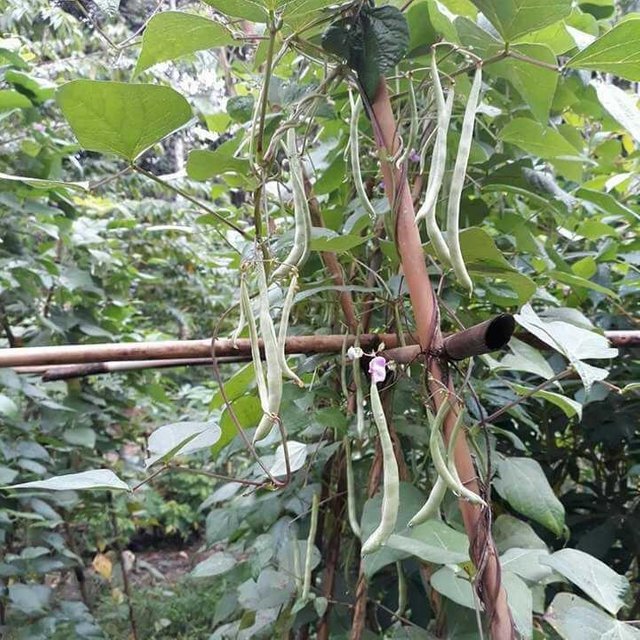
- Harvest and Post Harvest
a.Ciri and Harvest Age
Bean crops can start harvesting at 60 days with pods having the following characteristics: the seeds in the pods are not yet prominent, the skin surface is rather coarse, the color of the pod is rather young and gloomy, and when the pod is broken it will let out the sound of letup.
b. How to Harvest
When harvesting should be determined as soon as possible, because if it gets a few days late, then the pods can catch Cercospora spotting disease. Harvesting is done by hand plucking. Avoid using tools such as knives and other sharp objects because they can cause puncture wounds.
c. Harvest Period and Production Forecast
The harvest can be done gradually every 2-3 days, so that the pods obtained can be uniform in the level of cooking. Stop picking at the age of the plant more than 80 days, or a number of 7 -8 times the harvest. For the harvest of each hectare of land, it is estimated to reach 150 quintal of fresh pods.
d. Sorting
Sorting is done by separating good bean pods with defects caused by pests / diseases, as well as old pods or broken pods during harvest. The sorting process is carried out at collection sites located not far from farmland. This sorting place should be well protected, so that the beans pods do not quickly wilt.
e. Storage
Beans belonging to perishable food, namely the type of vegetables are quickly damaged or rotten if stored long. Due to the nature of the special storage is required if you do not want to be consumed directly. To store the beans, place them at a temperature of 0 ° - 4.4 ° C and 85-90% moisture. In that way the age of freshness of beans can last up to 2-4 weeks.
